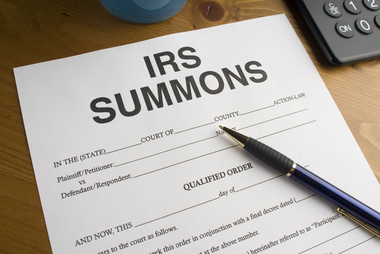How To Start a Charity
The typical charity is organized as a 501(c)(3) entity, and if you’re planning to set one up, roll up your sleeves: It’s a lot of work to launch a charity and to keep it going. You’ll have to familiarize yourself with a lot of rules and fill out a lot of paperwork before you officially open for business.

To start with, understand the severe limitation of a 501(c)(3): The organization must not be organized or operated for the benefit of private interests, and no part of the net earnings may inure to the benefit of any private shareholder or individual. The IRS also imposes restrictions on lobbying activities.
If your proposed organization meets those limits, you may be ready for IRS Form 1023. It’s 28 pages long, and the instructions run 40 pages. The Foundation Group advises, “Think of Form 1023 as an IRS examination. Instead of an audit of a tax return, the 501(c)(3) application process is more like an audit of proposed (and/or previous) activity. It is a thorough examination of the organization’s governing structure, purpose and planned programs.”
Along with the form, you have to submit the following:
- Organizing document (required).
- Amendments to your organizing document in chronological order (required if applicable).
- Bylaws or other rules of operation and amendments (if adopted).
- Form 2848, Power of Attorney and Declaration of Representative (if applicable).
- Form 8821, Tax Information Authorization (if applicable).
- Supplemental responses (if your response won’t fit in the provided text field) and any additional information you want to provide to support your request (optional).
- Request to expidite (optional).
Background information is essential
Among the information, you’ll have to provide what is essentially a narrative of activities that will be undertaken by your organization. You’ll need to answer the following questions for each: What is the activity itself? How will it further an exempt purpose of your organization? What percentage of time will your group devote to it? And how will it be funded?
Fortunately, the IRS gives you plenty of time to work on the form. If you file it within 27 months after the end of the month in which you were legally formed and the application is approved, the effective date of your exempt status will be the legal date of formation. But that’s a firm deadline. If you miss that deadline, the effective date of your exempt status will be the date you actually filed the form. Despite the long lead times, don’t delay — it can take months to gather the information and months for the IRS to make its determination.
You may catch a break if you’re running a smaller charity: You can file the simpler Form 1023-EZ if your nonprofit has less than $50,000 in annual receipts and $250,000 in total assets. Filing comes with fees: $600 for Form 1023 and $275 for Form 1023-EZ.
That’s just the start — there are many other rules and exceptions. And even after you’re fully approved, you still have to operate within strict guidelines to keep your 501(c)(3) status. Whether you’re starting a new charity or running an existing one, be sure to work closely with legal and financial professionals.


